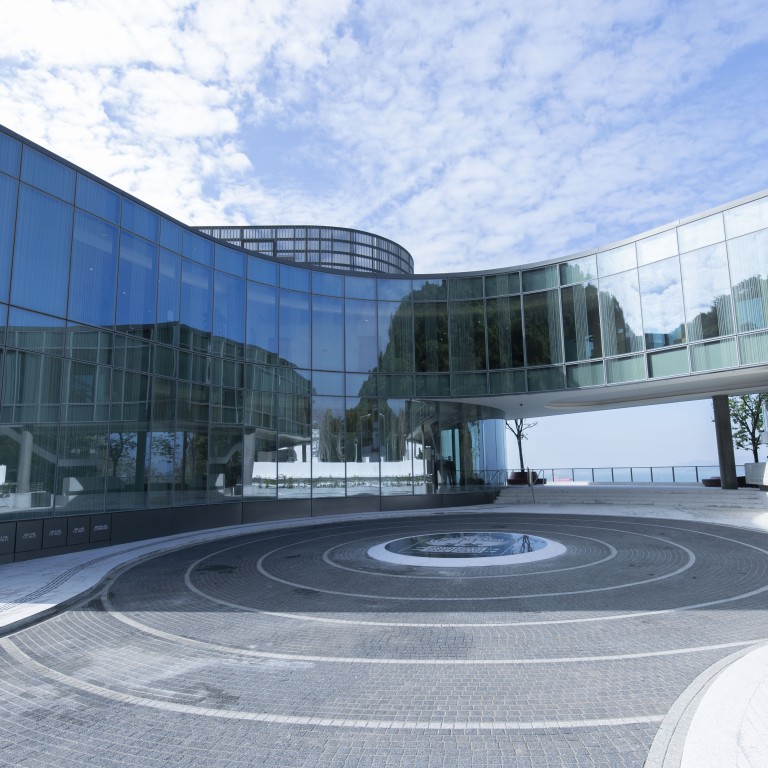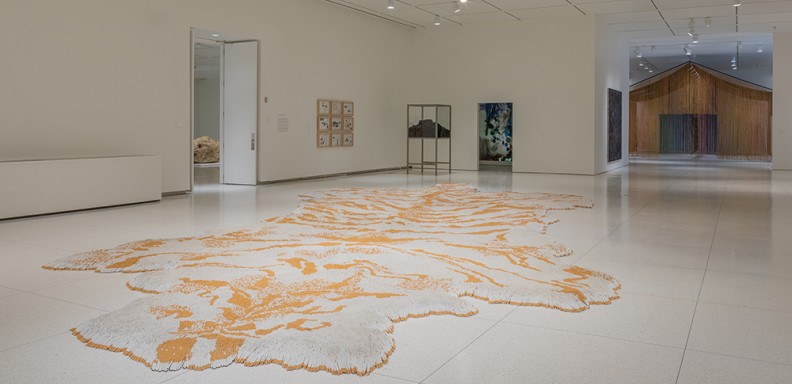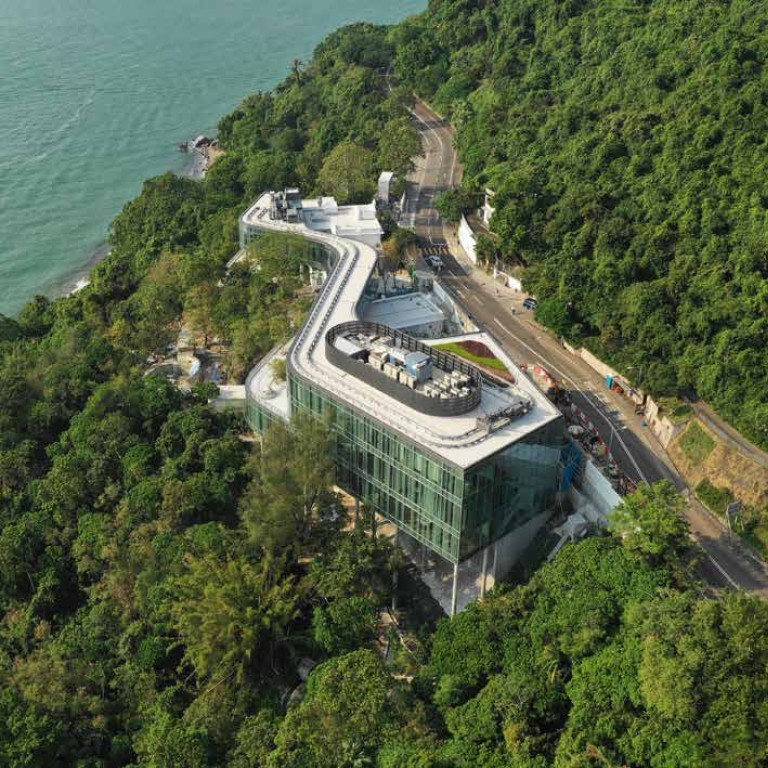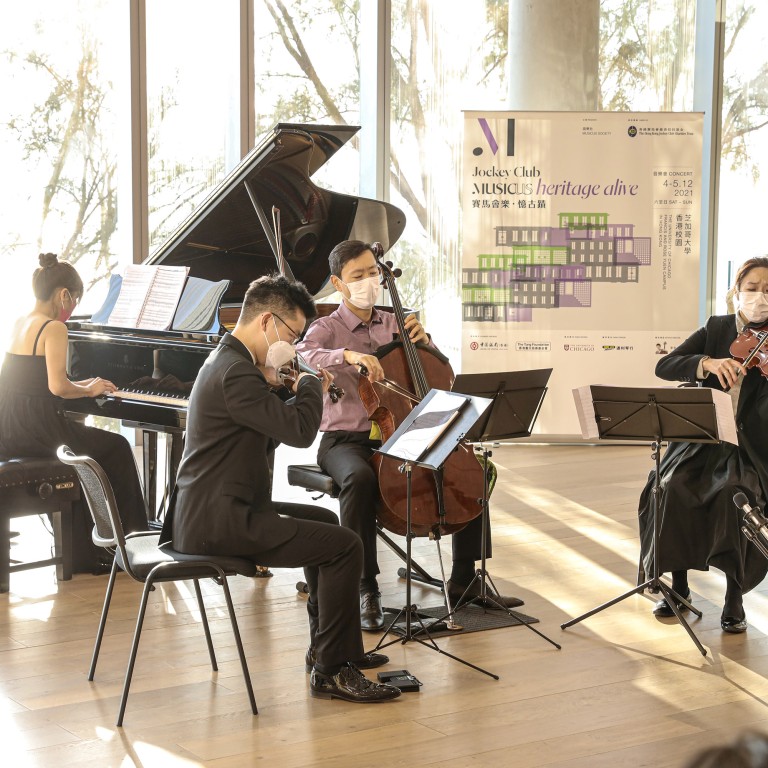Leaders from industry, government and academic institutions, including the University of Chicago, gathered Sept. 30 to officially break ground for the Illinois Quantum and Microelectronics Park on the far South Side of Chicago.
The facility, on the site of the former U.S. Steel South Works plant, is a first-of-its-kind park built for quantum technology scale-up and related advanced microelectronics research and development. Anchored by the startup PsiQuantum, which aims to build the first utility-scale, error-corrected quantum computer at the park, other tenants include a growing roster of global companies, including IBM, Diraq and Infleqtion.
The Illinois Quantum and Microelectronics Park is the largest concentration of quantum activity in North America and signals the momentum building behind Illinois’ leadership in this space and Chicago’s place as a global hub for quantum technology. The park’s economic impact on the Chicago region could exceed $20 billion in the coming years while creating thousands of jobs.
“Today we break ground on a landmark project that will establish Illinois as the nation’s leading hub for quantum innovation while attracting billions in economic investment and creating thousands of jobs,”said Gov. JB Pritzker.“This milestone is made possible by a unique partnership across city, county, state, and private industry, uniting talent and investment to create jobs, drive economic growth, and secure Illinois’ leadership in a technology that will tackle tomorrow’s greatest challenges. With trailblazing companies like PsiQuantum and a growing roster of innovators calling IQMP home, we will position Illinois as the global leader in quantum innovation, unlocking new opportunities for scientific breakthroughs and economic advancement right here on the South Side.”
The IQMP is designed to support the full ecosystem of companies, researchers, suppliers, end users and other partners working to accelerate the development and commercialization of quantum technologies—which have the potential to address some of humanity’s greatest challenges, including breakthroughs in health care, energy, the climate crisis, transportation, financial services and agriculture.
"This groundbreaking shows how powerful it is when universities, industry, and government come together to build the future,” said Nadya Mason, dean of the Pritzker School of Molecular Engineering at the University of Chicago. “At UChicago we are grateful for these partnerships and investments, which are helping to build a world-leading quantum ecosystem and ensuring Illinois remains at the center of the quantum economy."
Innovation and impact
PsiQuantum is partnering with multiple Illinois research institutions, including UChicago Pritzker Molecular Engineering, to collaborate on research projects and explore opportunities to develop educational programs in quantum applications. In 2015, the UChicago Pritzker School of Molecular Engineering became the first school of molecular engineering in the country—and the first to offer a Ph.D. in quantum engineering.
PsiQuantum is a corporate partner of the Chicago Quantum Exchange, a hub that connects leading universities, national labs, and industry partners to advance quantum technology and is based at the University of Chicago. Chicago also is home to the first accelerator program in the U.S. focused exclusively on supporting quantum innovation, known as Duality.
“Fermilab is excited to have another state-of-the-art quantum facility in Illinois that will bring together the strengths and capabilities of so many leading quantum experts and provide more pathways for the quantum workforce in Illinois,” said Young-Kee Kim, interim director of Fermi National Accelerator Laboratory and Professor of Physics at the University of Chicago. “The IQMP is another example of how the national laboratories’ collaboration with universities and businesses strengthens innovation ecosystems and supports the U.S. Department of Energy goals for quantum research.”
“Congratulations to all who made this groundbreaking of the Illinois Quantum and Microelectronics Park possible,” said Paul Kearns, director of Argonne National Laboratory, a U.S. Department of Energy National Laboratory affiliated with UChicago. “Our laboratory is honored to be part of this growing network of research institutions, companies, and government agencies dedicated to driving quantum information science forward for the country. Together, we will make the Quantum Prairie the national epicenter of quantum research, opening new frontiers for America's quantum future.”
"This groundbreaking shows how powerful it is when universities, industry, and government come together to build the future."
—Nadya Mason, dean of the Pritzker School of Molecular Engineering at the University of Chicago
IQMP and its partners have made community engagement and workforce development a core priority. The project includes a 53-bed Advocate Health Care hospital, over 100 acres of expanded and improved parkland, and new recreational paths that link residents to Steelworkers Park, Park 566, the lakefront, and the historic ore walls, creating a vibrant ecosystem that blends innovation, health and quality of life on the South Side. They are also investing in the next generation of talent, exposing students to quantum concepts from K-12 through postsecondary programs at City Colleges of Chicago, Chicago State University, and beyond.
“The Illinois Quantum and Microelectronics Park is about more than technology, it is about transformation for South Chicago,” said Chicago Mayor Brandon Johnson. “This investment will bring new jobs and educational pathways while also paving the way for expanded health care and community amenities, including a new Advocate Health hospital and expanded access to the lakefront. Together we are showing what it looks like when innovation uplifts neighborhoods and creates lasting benefits for residents.”



